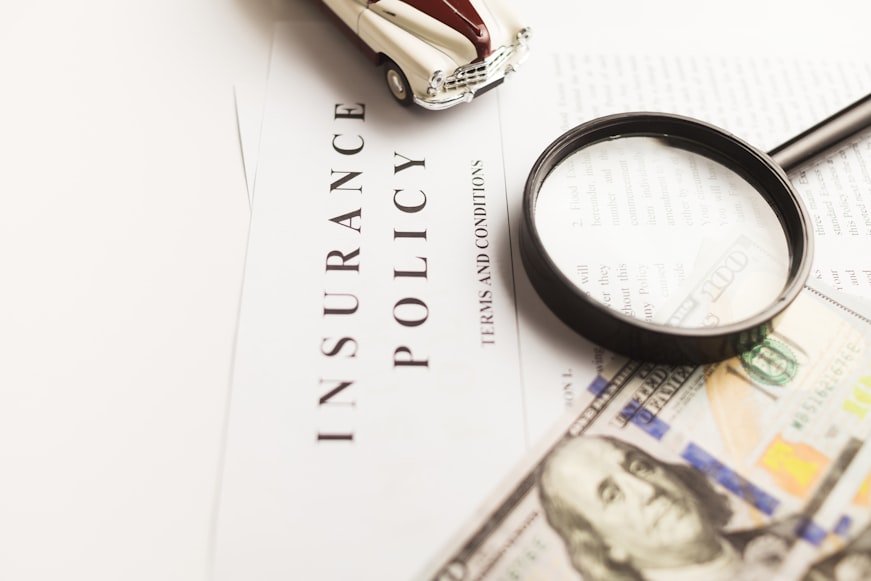Having the right auto insurance policy for your business is a must. Auto insurance protects you against the financial costs of accidents and injuries that may occur on the road.
Now that the pandemic is over, the auto insurance industry is expected to recover and rise to new heights, from $128.44 billion in 2020 to $307.10 billion in 2030. However, not all auto insurance policies are built equally, and some can even lead to costly mistakes that will hurt your bottom line.
Here’s how small businesses can save money on auto insurance:
Table of Contents
Pay Attention To The Vehicles
The first thing that you need to do is pay attention to the vehicles. Check the vehicle’s make, model, and year, as well as its safety features.
You should also check on the mileage of the car. It will help determine how much you’re paying in terms of fuel costs and maintenance fees in addition to insurance premiums.
Finally, check out the engine size of your car. Larger engines cost more money because they require more repairs than smaller ones. If you own an electric car or even an expensive gas-powered car, it would cost you more too.
It’s important to remember that your location will also have an impact on the cost of your auto insurance. The average premium in Ohio is $1023, while in Florida, it is $2560.
Get Quotes From Multiple Insurers
The best way to compare auto insurance costs is to get a quote from as many insurers as possible.
Include all your business vehicles, including those used by you and your employees. Also, include any other vehicles owned by members of your household that might be used for business purposes or are driven by employees.
It can be not very clear for someone not well versed in the technicalities of finance to choose from the myriad of different policies offered by different insurance companies.
However, there are websites available now to help you with that. For example, if you own a fleet of trucks as part of your moving company, you can visit websites that will hook you up with the best truck insurance provider specifically suited to your needs.
Be sure to hurry, though. Financial Services Regulatory Authority of Ontario recently approved a 31% hike in insurance costs. With the auto industry returning to normal, this trend is expected to continue worldwide. Better to get your insurance before costs rise even further.
Hire Drivers With Better Driving History
If you’re looking to lower your premiums, hiring drivers with a clean driving history is a great place to start.
Drivers with poor driving records are more likely to get into accidents and incur claims, which means they’ll cost more in insurance payments over time. On the other hand, drivers with good driving records are less likely to be involved in accidents, and if they do get into an accident or file a claim due to something like theft or vandalism from another driver, their rates won’t be as high.
This isn’t just about finding new hires who have been in fewer accidents than others; it’s also about keeping those good drivers around for as long as possible so that their track record continues building up for your business.
Suppose one of these employees leaves your company after several years on the job but has built up multiple positive auto insurance claims during that time (especially if those claims involve bodily injury). In that case, you’ll most likely see a considerable spike in premiums once he or she leaves, which could put your entire fleet at risk of cancellation due to poor safety ratings.
Invest In A Security And Maintenance Team
Invest in a team that regularly maintains your vehicles. The better maintained your vehicles are, the less likely they are to cause you trouble down the road (pun not intended). Also, ensure your vehicles are not at risk of being stolen. This includes keeping your security system up to date and hiring a security team to watch over your vehicles if possible.
It will also help your case if your drivers are up to date on safety standards and security regulations. This not only means training your new hires but also putting your veteran drivers through occasional refresher courses.
The basic principle is – the lower the likelihood of something unfortunate happening to your insured property, the lower your premium will be.
A car crash that does not result in any bodily injury still ends up costing $4,700 per vehicle on average. In case of death, the cost can reach well over $1.7 million. As a business owner, it is important to be insured against such unfortunate occurrences, no matter the cost. But if you are smart, careful, and willing to research, that cost never needs to be high enough to cause you more trouble than it’s saving.















:max_bytes(150000):strip_icc()/labgrownlede-2b7540f7f7404558a08f1a555862f3d3.jpg)
